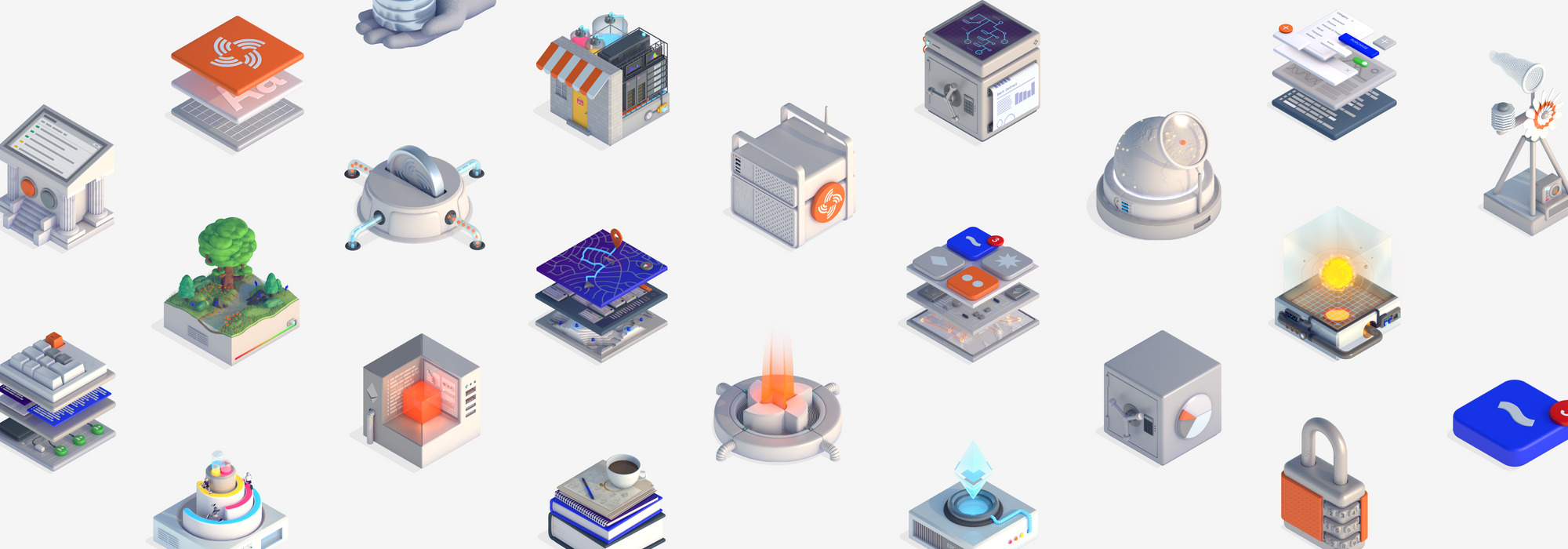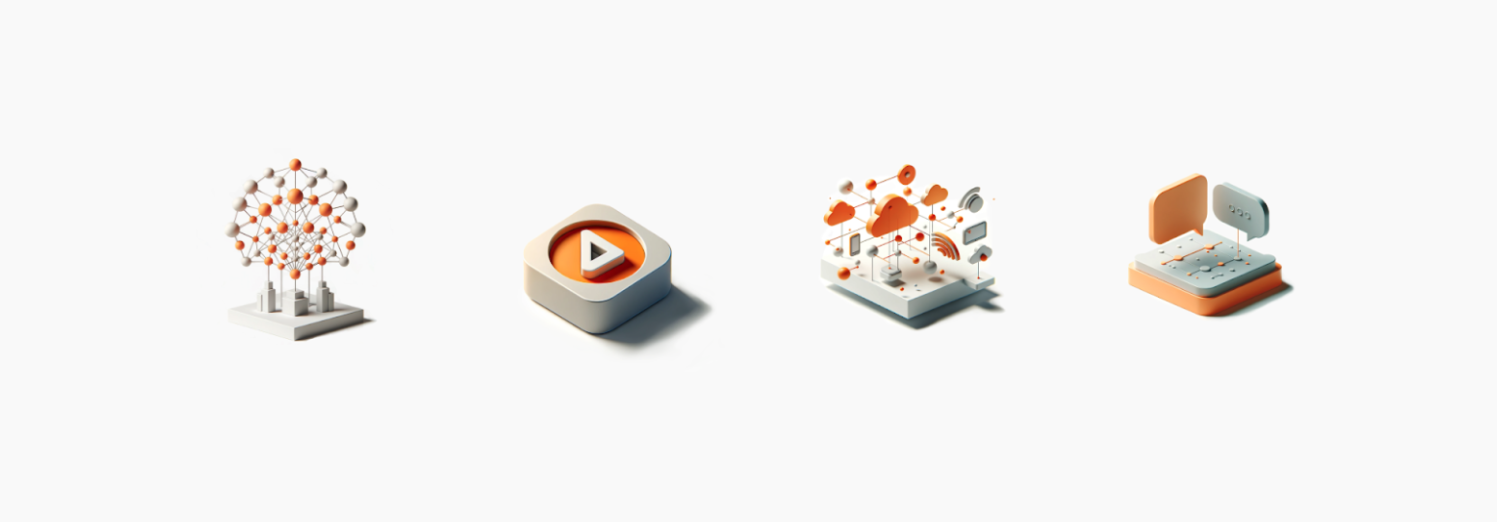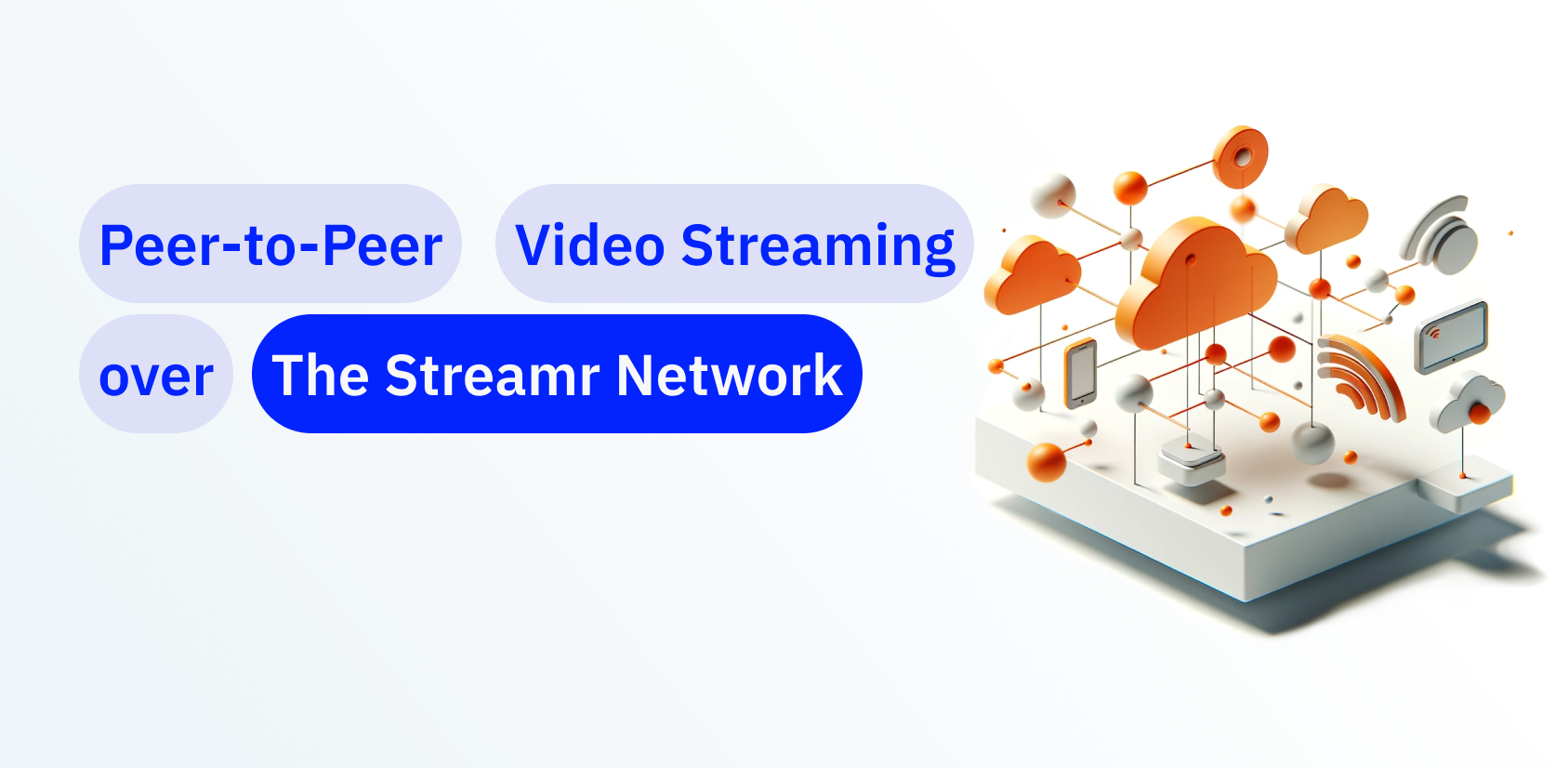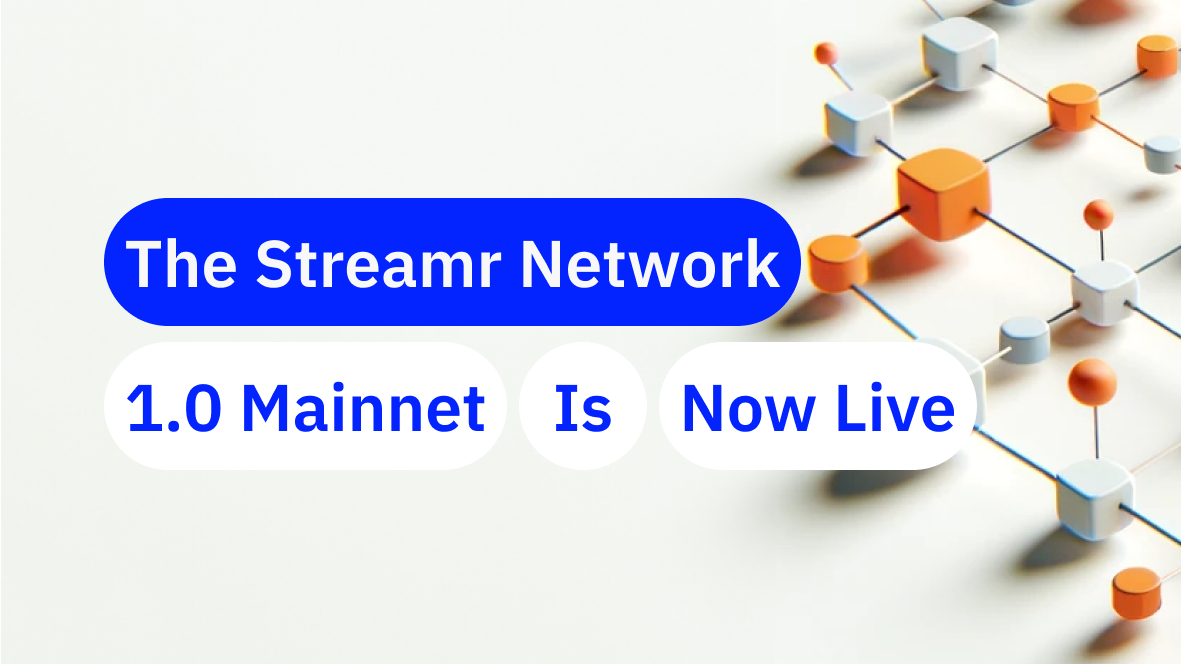Artist Stuart Wade has been an instrumental part of Streamr’s identity since the very beginning. His imaginative and meticulous 3D icons, drawn mostly in isometric perspective, help to make the most technical aspects of Streamr technology more accessible and engaging to website visitors and app users.
To celebrate the success of the Brubeck testnets, which marked the first public nodes in the Streamr Network, we asked Stuart Wade to create a pair of artworks celebrating the Streamr community. These limited edition NFTs will be rewarded to exceptional node runners and superstar members of the community who have shown great care and dedication to making the Brubeck testnets a success – our way of saying thank you.
Streamr’s Chief Design Officer Matt Innes spoke to Stuart and asked him a few questions about his process, NFTs and tech in digital art.
—
Matt: I first came across your work in The Monster Project. Can you tell us a bit about that & how you got involved there? [For those who don’t know it, The Monster Project invites children to draw monsters and then invites a professional illustrator to re-interpret that monster in their own style.]
Stuart: I came across it in its first year and was absolutely blown away by the concept, so much so that I cold emailed an address I found on the website asking to take part in the following year. Luckily the project is organised by the super friendly Katie Johnson who invited me to take part.
I was fortunate enough to get to know Katie better personally when I lived in Austin, Texas for about a year. Her mum’s a school teacher and so Katie was able to get drawings from her class to get the first year started, and it’s been growing by leaps and bounds since.
Years later I wound up doing the cover art for The Monster Project’s second book edition and I can’t wait to get involved every year. It’s a gang of fun and has led to meeting lots of other artists and even some paying client work!
Matt: It’s such a brilliant project. I love how the adult illustrator versions are interpretations of what the kids imagine but can’t quite translate to paper – the range of things kids imagine blows my mind.
Stuart: It’s so refreshing getting a creative brief from the unbridled imagination of an 8 year old when so often they come from a faceless corporate marketing organisation.
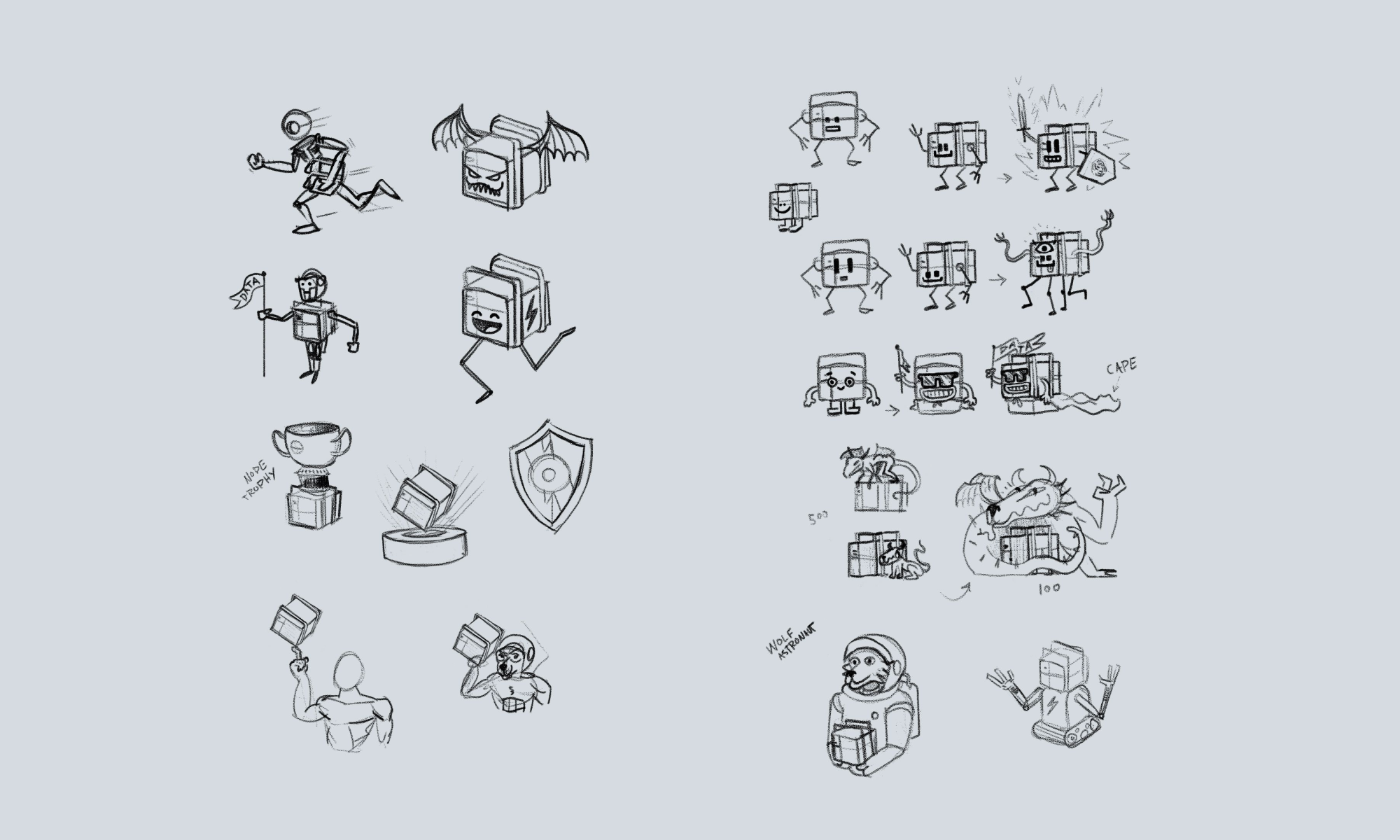
Matt: You’ve worked across a pretty wide range of projects, including a stint at Google’s Waze. What type of projects do you most enjoy working on?
Stuart: While there are some subject matters I prefer over others, I really just love image making and straightforward illustration altogether. There are projects that involve AR or fancy animation. Compositing that can get really technical and tedious. They are exciting too, don’t get me wrong, but creating visually exciting images is my first love.
Matt: What’s your take on the NFT…do we call it a… boom? For artists and designers?
Stuart: I think it’s really interesting to create singular versions of digital art to lend a sense of scarcity and singularity that is usually reserved for fine art. Digital art is often devalued since its so easy to copy digital file formats and people today are bombarded with so much digital imagery on a daily basis that it rarely feels special.
The way that NFTs create tradable, non-fungible items is pretty great. That said, I get a little bit suspicious when whole industries are rushing towards the shiniest of new technologies with their bags of money wide open. I’m excited to see how more technologically-minded artists and creators use smart contracts as part of their work, but there are parts of the recent NFT craze that smell a bit like a bubble to me.
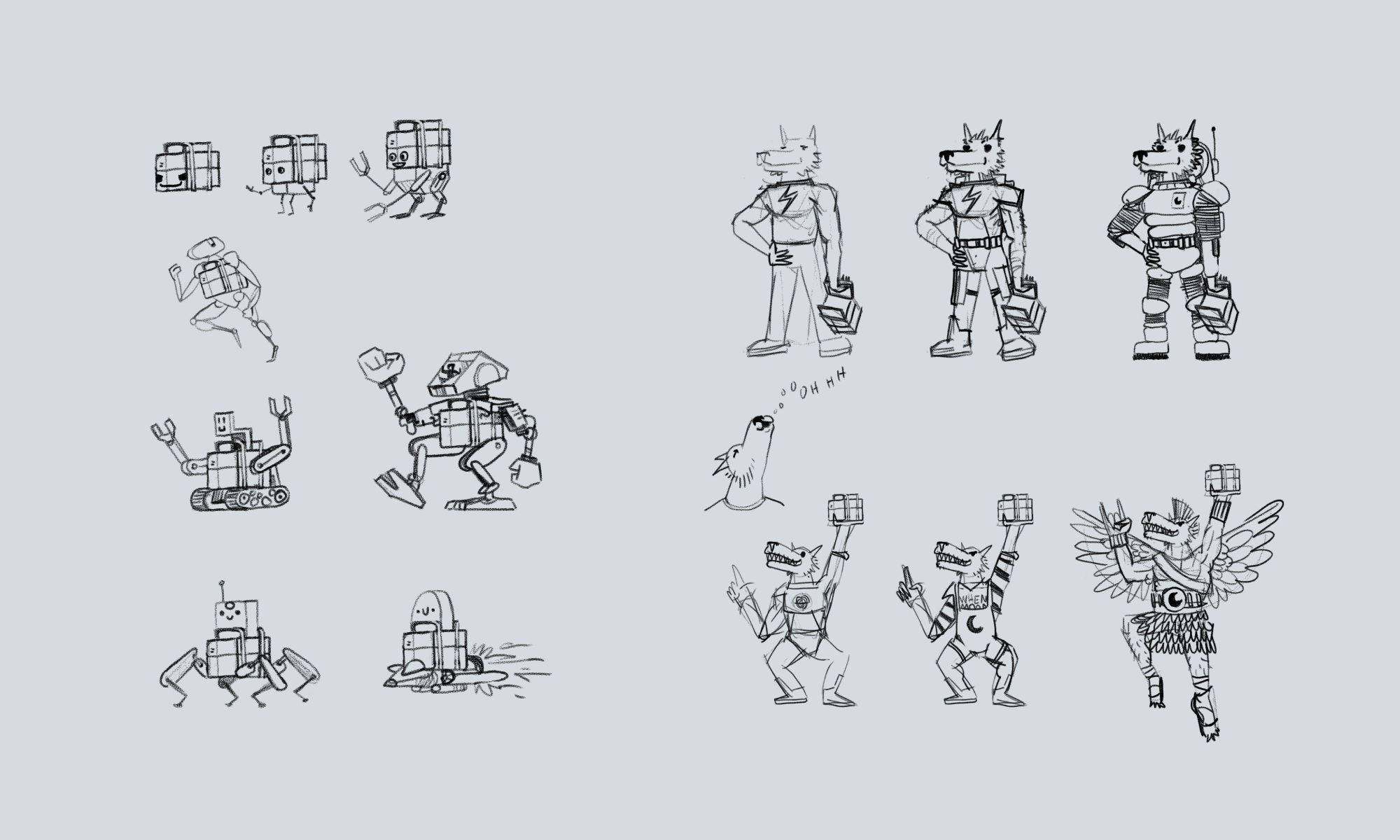
Matt: Do you think NFTs will make any lasting change to the digital economy for artists and designers?
Stuart: I think it’s pretty cool that artists can get paid from resales down the road. Lasting change? That’s tougher to say. I’m sure there are creators out there who are a lot smarter than I am, who are coming up with clever ways to integrate the tech into their art at a conceptual or foundational level. Right now it seems mostly like a trading and collecting mechanism for animated GIFs.
Matt: Can you walk us through the process of creating these NFT editions for Streamr?
Stuart: Like most projects, I try to start with a conversation about what the end goal is and what to keep in mind while creating. In this case we decided to have a bit of fun and play slightly outside of the typical Streamr ‘look’. The inside jokes going around the Streamr Community of the Wolfpack and “when moon” seemed like fertile grounds to explore. Next usually comes a bit of visual research (Google images!) and a lot of sketching.
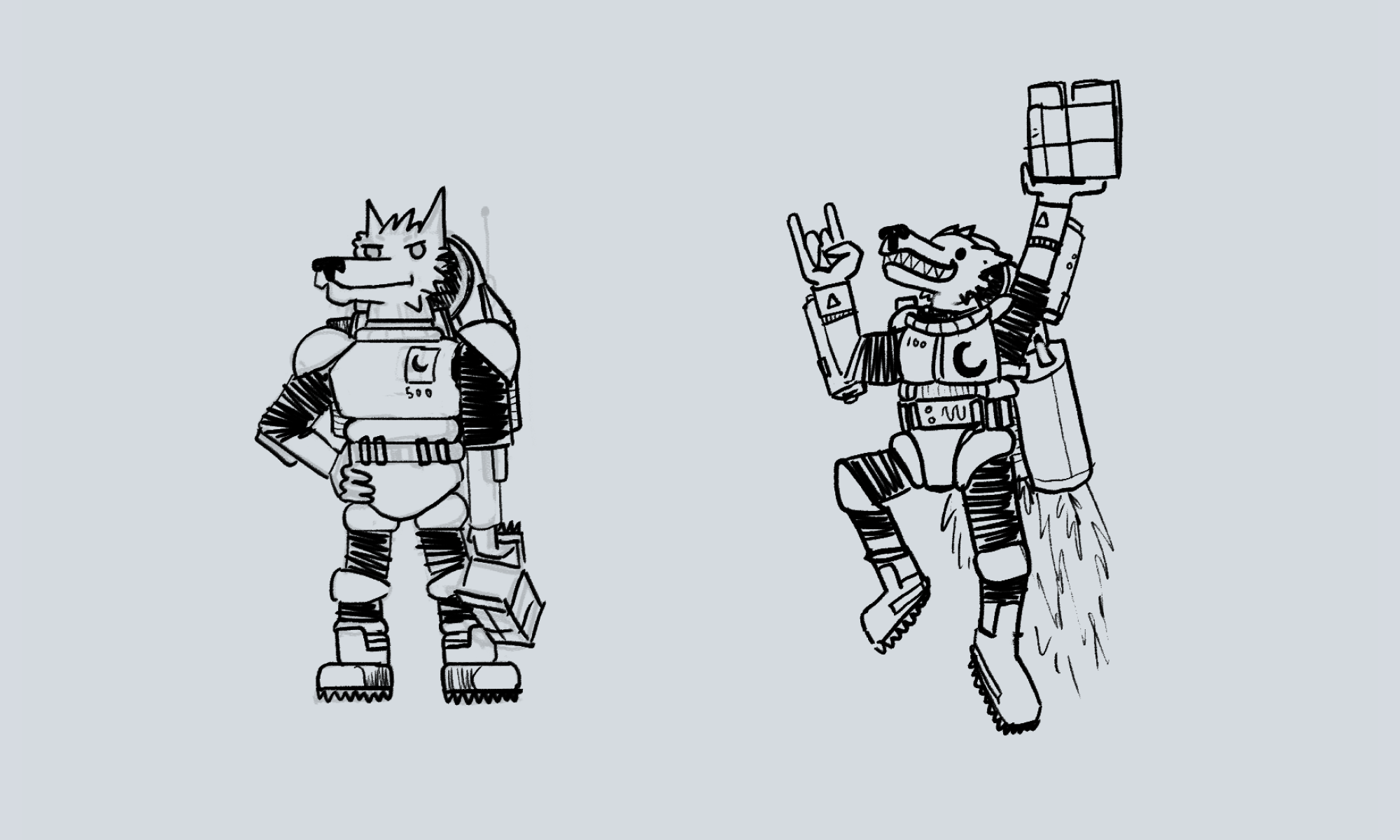
Once we’ve landed on a concept during the sketching and research phase, I’ll typically start blocking out the basic forms in cinema 4D with primitives. Think basic shapes: cones, spheres and cylinders. I was brought up on those Ed Emberley drawing books where you learn to draw with really basic shapes, and I still use that basic process. If the basic forms are feeling right, we’ll start adding in more surface details before starting to texture and light the model in Octane.
Since this was a video project, adding a bit of audio seemed like a good idea. I’m no musician, but digging through old NASA audio archives provided a few fun clips we could combine with sound effects to help bring the animation to life.

Matt: Your work was quite character-focused when we first met, but you transitioned fairly effortlessly (it seemed to me) to the machine-tech style we’ve been using at Streamr. Are the processes very different, and do you have any preference for characters, scenes or machines?
Stuart: The process is a little bit different, but not entirely. Good character design should be motivated by the character’s interests, behaviours and goals. Much of what we created for Streamr are fictional machines and electronics to serve as a visual representation of the technology. The design of those was also influenced by behaviours, goals, and the like. Instead of having horns, gills, and wings, these characters have heat vents, wifi antennae and blinky LEDs.
I find constraints to be a super useful influence on projects like this. There are certain constraints that would influence the design of a character, like gills for living underwater or teeth for eating a certain type of food. We decided upon a few constraints early in the design process that enabled all of our Streamr creations to feel like they belonged in the same world and would integrate well.
My favourite of those was the use of an isometric grid which imposes order and consistency on the forms of the items and their layout. This organised but fairly adaptable approach seemed to match Streamr’s ethos and product. Early iterations of the site had a literal gridwork laid across the site like tiles. Later versions ditched this literal grid for one that was implied simply by the angle at which these objects were rendered.
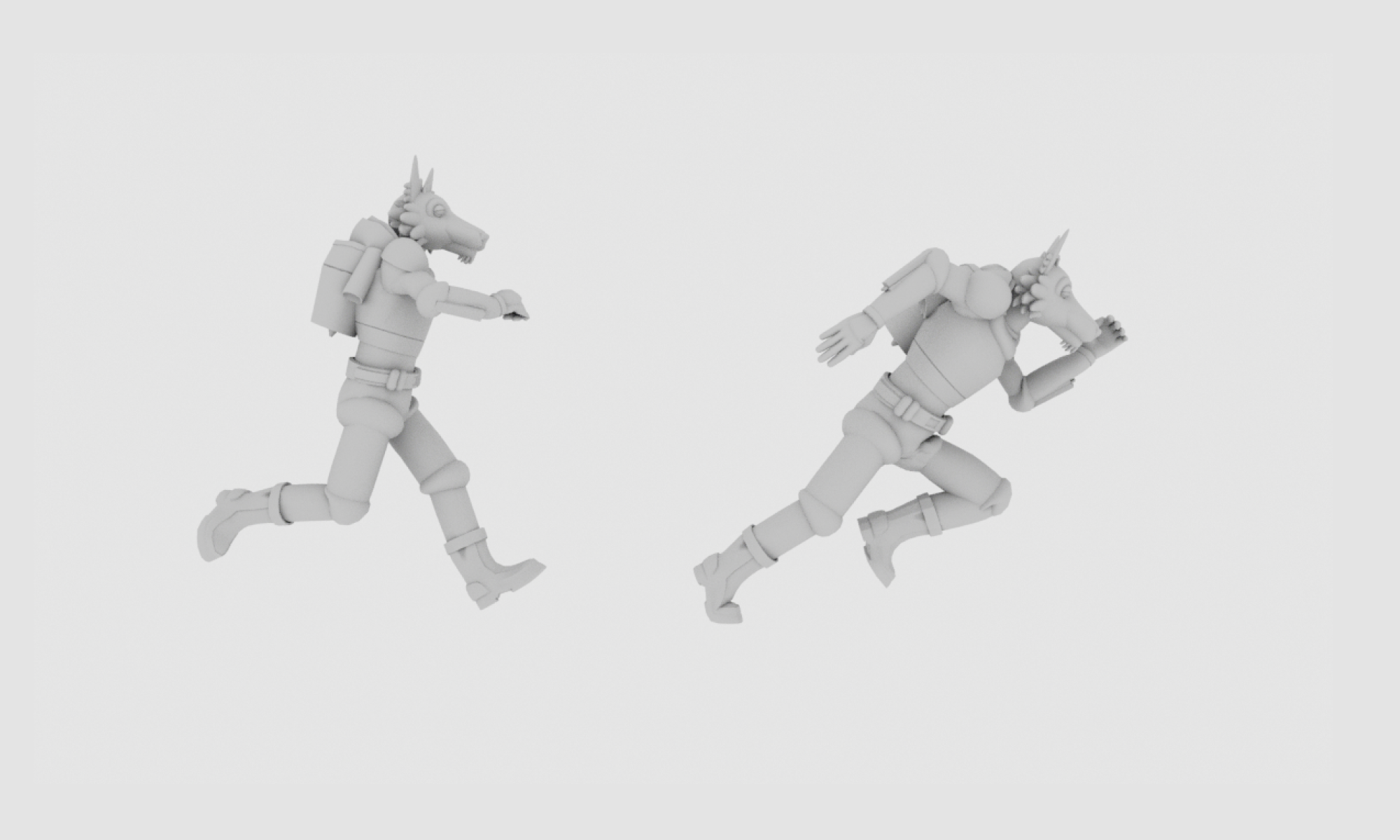
Matt: Are there any other interesting technological developments for 3D artists/designers?
Stuart: For me personally, sculpting and creating 3D models in VR has been a super exciting addition to my workflow. I got an Oculus Rift S earlier this year, which is great because its relatively affordable and no longer requires externally mounted sensors.
There are several 3D modelling applications that let me reach out and physically manipulate geometry in a super intuitive way. I can use natural arm movements and broad gestures. Certain tasks become much faster than using a mouse, keyboard and tablet and it has broadened my shape vocabulary in interesting ways. VR has finally become a practical part of my process where for years it seemed reserved only for hardcore gamers and tech demos at conferences.
Stuart’s limited edition Streamr NFTs will be distributed via the Polygon Network in November. Please keep a close eye on Streamr social media and your emails – we will publish a list of public keys to announce the winners soon!

